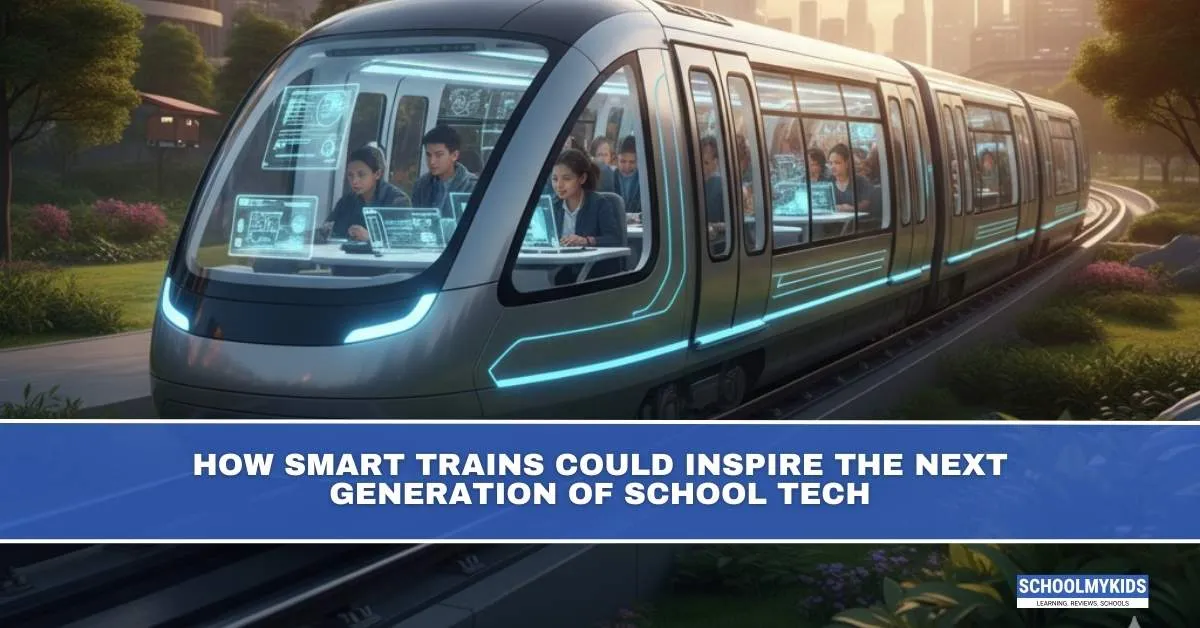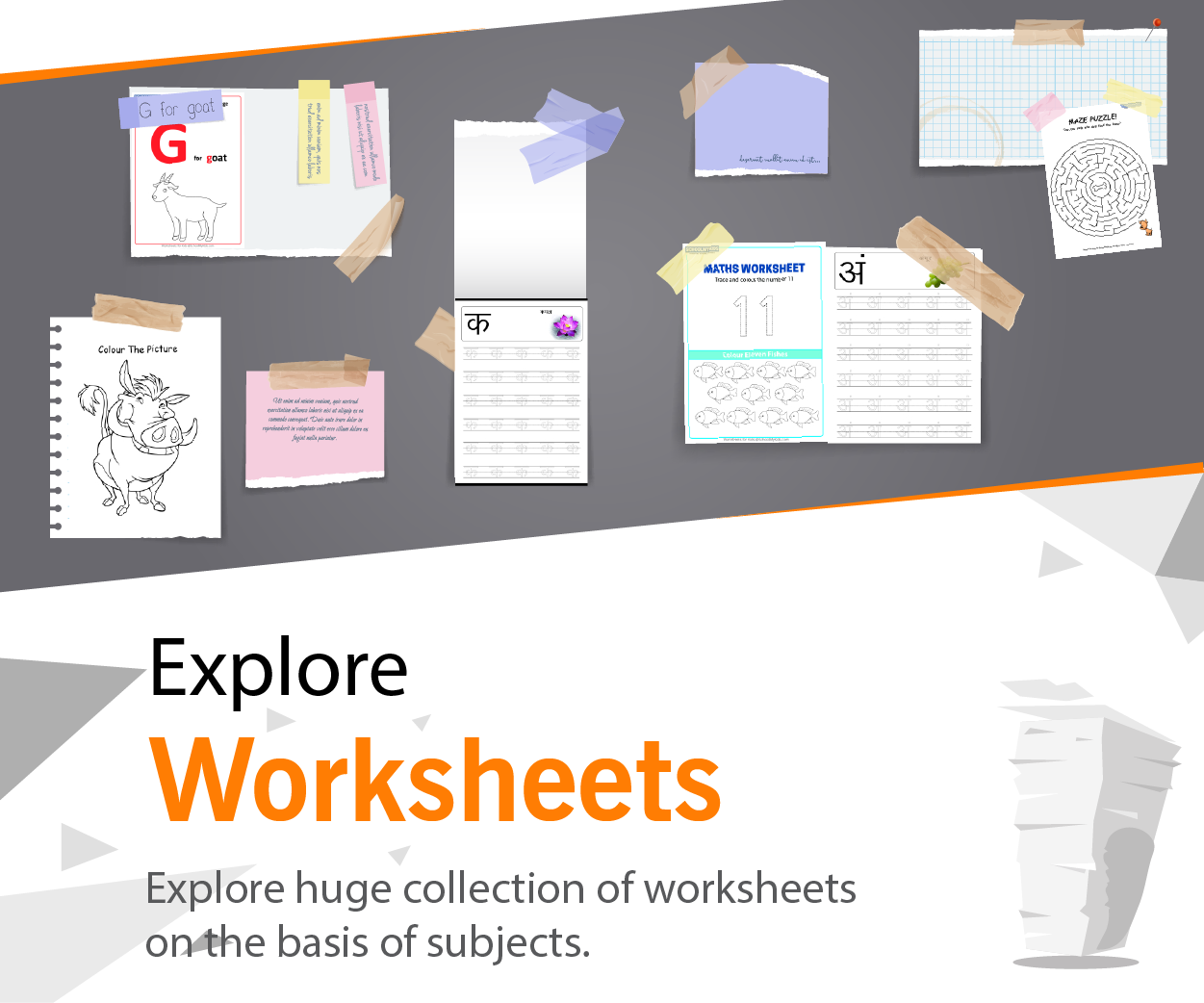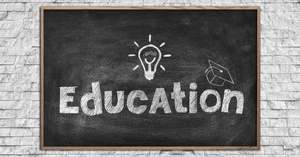When most people think about trains, they imagine transport—commuters packed into metro cars, freight wagons hauling goods, or sleek high-speed engines cutting across landscapes. But in 2025, trains are becoming living laboratories of technology: AI-powered scheduling, predictive maintenance, green energy, and real-time passenger analytics. These innovations don’t just change how we travel—they offer valuable lessons for how schools can rethink technology and learning.
Why Look at Trains for Inspiration?
Education often borrows metaphors from transportation: learning journeys, roadmaps, milestones. But beyond metaphors, trains as systems embody qualities schools desperately need:
- Efficiency: Smart trains run on tight, optimized schedules.
- Adaptability: They respond to changing conditions like weather or demand.
- Connectivity: Rail networks thrive on coordination and communication.
- Sustainability: Modern railways focus on reducing emissions and energy waste.
If schools adopted these same principles through technology, education could be just as efficient, adaptive, connected, and sustainable.
Smart Train Technologies That Schools Can Learn From
1. Predictive Maintenance = Early Intervention in Learning
Trains today use sensors to detect wear and tear before breakdowns happen. This “predictive maintenance” saves money and prevents accidents.
In schools: Learning analytics powered by AI can flag when a student is struggling long before grades collapse. Instead of waiting for a child to fail exams, teachers can intervene early with extra support—just like replacing a worn-out rail before a derailment.
2. Smart Scheduling = Personalized Learning Paths
Train operations rely on sophisticated scheduling algorithms to manage thousands of trains without collisions.
In schools: Similar scheduling algorithms could design personalized timetables, adjusting for each student’s strengths, pace, and interests. Imagine a system where one student’s timetable emphasizes advanced math while another’s balances science with creative writing—no two “routes” are identical, but all run smoothly.
3. Energy Efficiency = Sustainable School Operations
High-speed trains increasingly run on renewable energy, using regenerative braking to conserve power.
In schools: The equivalent is energy-smart campuses—AI managing lights, fans, and heating; solar-powered labs; and digital-first classrooms reducing paper use. By embedding sustainability in school operations, students learn ecological responsibility by example.
4. Real-Time Monitoring = Continuous Assessment
Smart trains track passenger loads, delays, and speed in real time, adapting instantly.
In schools: Continuous assessment tools can give real-time feedback on student performance, moving beyond high-pressure exams. Instead of judging students once a year, schools could provide constant insights—like speedometers on a train—helping both students and teachers adjust course immediately.
5. Central Control Systems = Collaborative Digital Ecosystems
Trains depend on central control rooms to coordinate the entire network.
In schools: A central digital platform can integrate lesson plans, student progress, teacher collaboration, and parent communication. Instead of scattered apps and paper notices, everything runs through a coordinated ecosystem—much like a rail control hub.
Benefits of Bringing “Train Tech Thinking” to Schools
- Efficiency: Smarter scheduling and monitoring reduce wasted time.
- Equity: Just as trains connect remote villages to cities, school tech can bridge rural-urban education divides.
- Engagement: Real-time tools and personalized learning keep students motivated.
- Future Skills: Students exposed to this kind of technology learn data literacy, systems thinking, and sustainability—skills demanded in tomorrow’s workforce.
Potential Challenges
- Cost: Advanced school tech requires significant investment, just as smart train systems do.
- Training Needs: Teachers and administrators need guidance to operate digital systems effectively.
- Over-Reliance on Data: Numbers can’t capture everything; human judgment remains essential.
- Infrastructure Gaps: In rural areas, connectivity issues may limit adoption.
Like rail networks, school tech ecosystems require strong planning and maintenance to function smoothly.
Global Examples of Inspiration
- Japan: Known for efficient railways, Japan also applies similar tech-driven precision in classrooms, with AI scheduling and adaptive assessments.
- Germany: Investments in green rail technology mirror the country’s push for sustainable school campuses.
- India: Smart metro systems in Bengaluru and Delhi are paralleled by experiments in AI-driven school attendance and performance tracking.
These parallels show how transport and education share more DNA than most people realize.
The Bigger Picture
The point isn’t to turn schools into train stations. It’s to recognize that systems thinking—the ability to monitor, predict, adapt, and optimize—is at the heart of both. Just as smart trains keep societies moving efficiently, smart school technologies can keep education relevant, inclusive, and forward-looking.
If today’s students grow up in schools inspired by train technology, they’ll learn not just math or science, but how to think in systems, manage complexity, and innovate sustainably.
Conclusion
In 2025, trains aren’t just vehicles—they’re blueprints for how technology can transform human systems. Schools that adopt similar approaches—predictive analytics, smart scheduling, sustainable operations, and connected ecosystems—will prepare students for a world where adaptability and efficiency are key.
Just as railways once connected cities and built economies, smart school technologies can connect learners and build futures. The next generation may not just ride smart trains—they may study in schools inspired by them.









Be the first one to comment on this story.